-
-
-
-
-
-
-
-
-
-
The Source - June
-
-
-
-
-
-
-
Te Mātāpuna June 2023
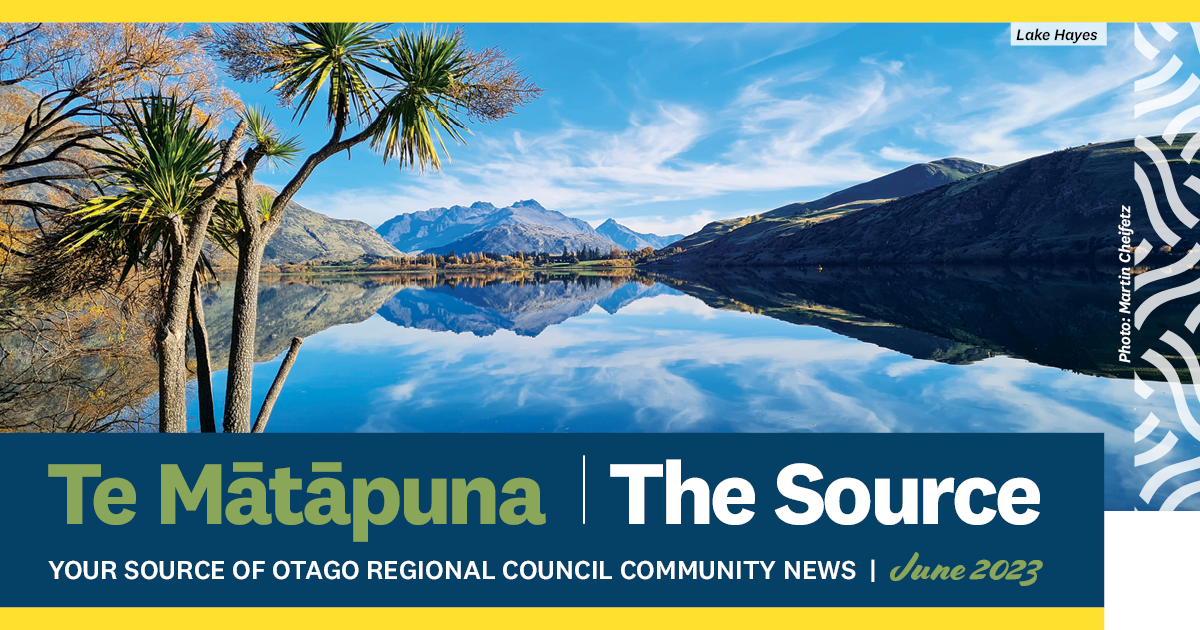
Welcome
Rabbit control starts in your backyard
What the tech?
Who do we love?
And the winner is ... Otago's environment
Enviroschools turn 21 in Otago
Buoys to enhance safety on Otago Harbour
Real-time tracking updated
Otago farmers led the way
Land of the reptiles
Locals get the lowdown on lagoons
The road to a ground-breaking new plan
New CE gets on board
Welcome
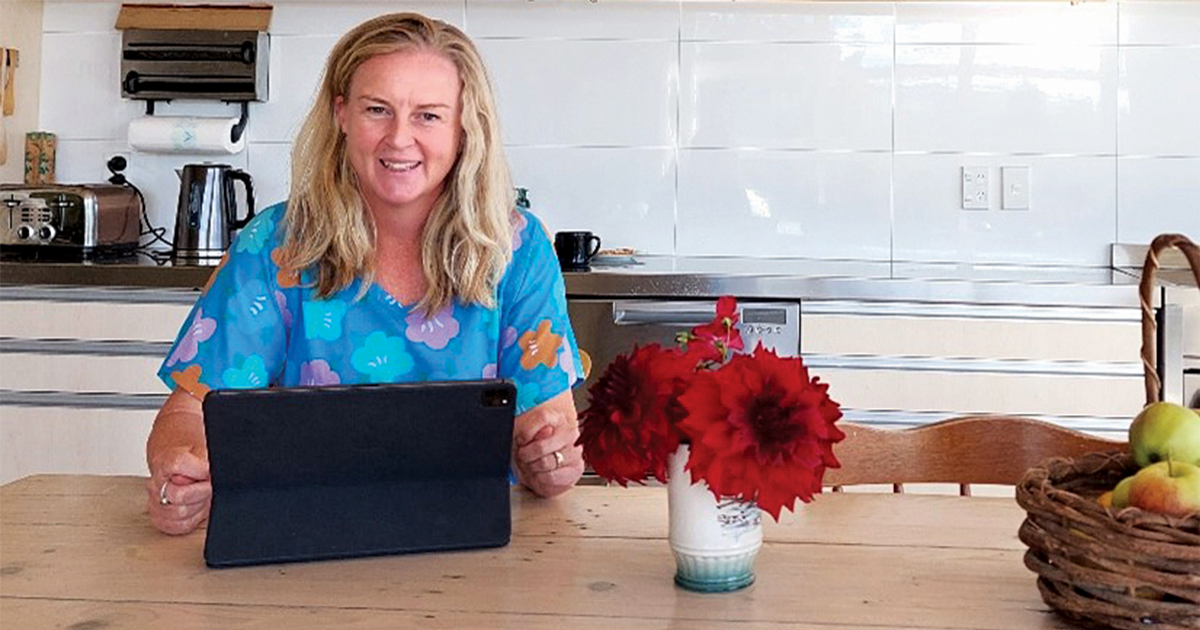
This is our first edition of Te Mātāpuna | The Source, designed to share stories about the work we do and the role we play in this great and beautiful region of ours. ‘Mātāpuna’ is a te reo word meaning ‘source’ — as in source of information, or source of a river, stream or lake.
If there is one consistent theme from recent community surveys, it is that we can and should do more to raise awareness about the work of our Council.
As councillors, and I’m sure I also speak for our dedicated staff, we know how busy we are, with 260-plus people working incredibly hard to raise environmental standards in Otago. And that is our focus: the environment that supports us and that will be here to support next generations long after we are gone. As with anything, our work needs to be seen to be done. Our staff recommend, and our councillors agree, that talking directly to our community is one way we can show you what we do and the results we achieve. And there’s the added benefit of demonstrating where your rates are spent.
Enjoy!
Otago Regional Council Chair, Gretchen Robertson
Rabbit control starts in your backyard
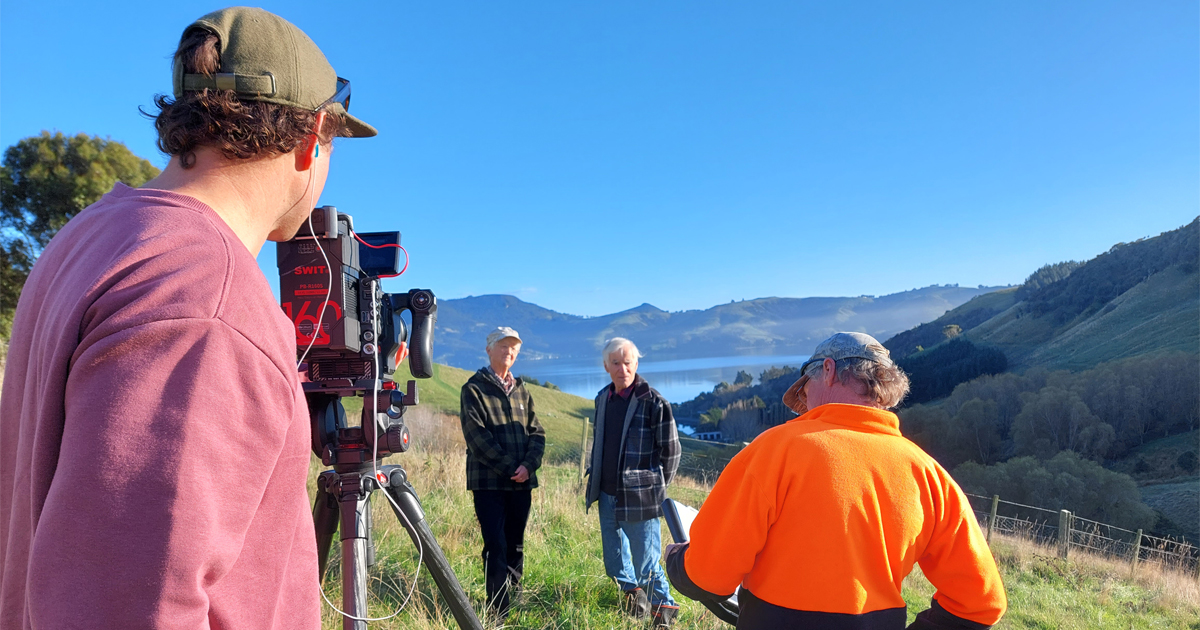
Videos under production about how to control rabbits. Farmers John and Moira Parker proudly explain the benefits of their rabbit fencing.
Rabbits have the dubious title of Otago’s priority pest! ORC’s seasonal night-count monitoring has found hotspots of rabbit populations across Otago, so the problem remains.
While it is the land occupier’s responsibility to manage rabbits on their property, the Otago Regional Council’s role is to support land occupiers and community groups to coordinate rabbit management and understand their responsibilities through education and advocacy, monitoring, and property inspections.
ORC’s Manager of Environmental Implementation, Libby Caldwell, says gains have been made in rabbit management in most Otago high country areas, reducing rabbit damage to productive land. But a challenge remains in Central Otago as spreading subdivisions and smaller land holdings need more community-coordinated rabbit management, with fewer control methods readily available.
The ORC’s Rabbit Action Plan includes more rural and smaller property monitoring, an increased number of night-count routes, use of thermal imagery, and increased engagement with communities. Added to this, community groups have successfully accessed ORC’s annual incentive funding to manage rabbits.
“While there’s no quick fix, rabbit numbers can be reduced to manageable levels and the most effective tool is rabbit fencing,” says Ms Caldwell.
ORC can provide advice to occupiers around strategic approaches to rabbit management, including options for poisoning, shooting, fumigation and burrow destruction.
Have questions about managing rabbits? Contact biosecurity@orc.govt.nz
What the tech?
Search away
ORC has a new Environmental Data Portal to search more than 250 water monitoring sites, using an online map. The information helps you check water levels, flooding or low flows using data going back 80 years, plus key water quality measures; bacteria levels in lakes and waterways.
Check the environmental data portal
Stop fish!
There’s a new fish barrier at Thomsons Creek near Omakau to protect the rare galaxiid fish from trout getting upstream to eat them. More than two years in the making, the 1m-high weir is part of a co-funded community, Ministry for the Environment, contractor and ORC collaboration.
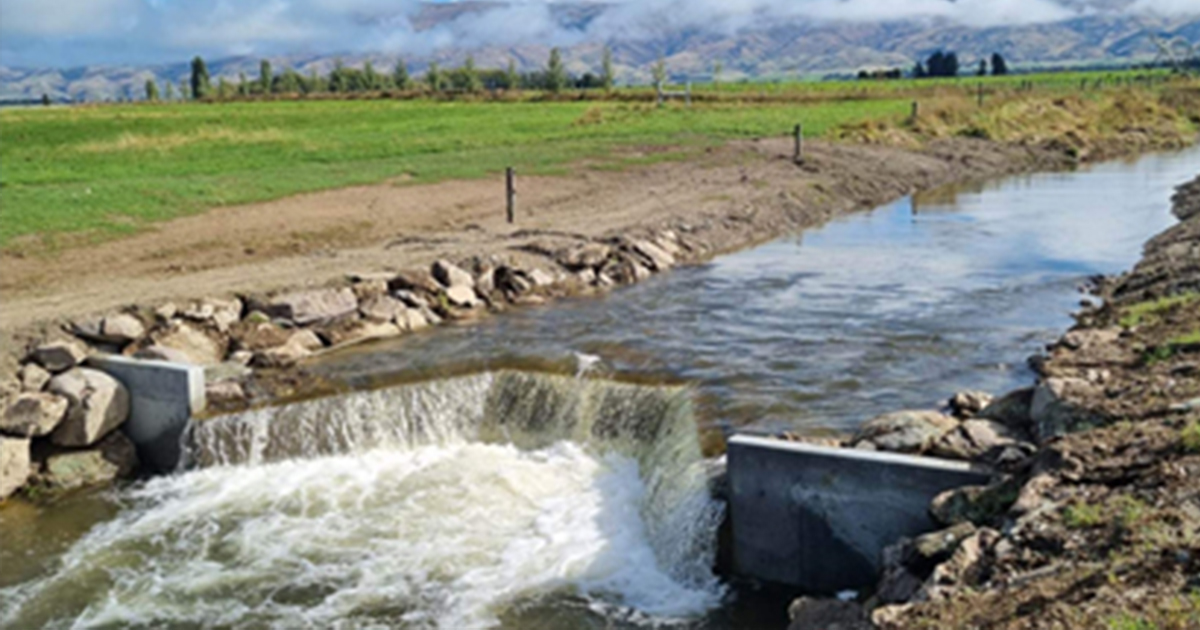
Checking the air
This new shed near Otago University monitors air quality. Fine particulate matter, or PM2.5, is a harmful air pollutant that can enter the bloodstream if inhaled. The largest source of these particles is home heating emissions — so burn dry wood this winter!
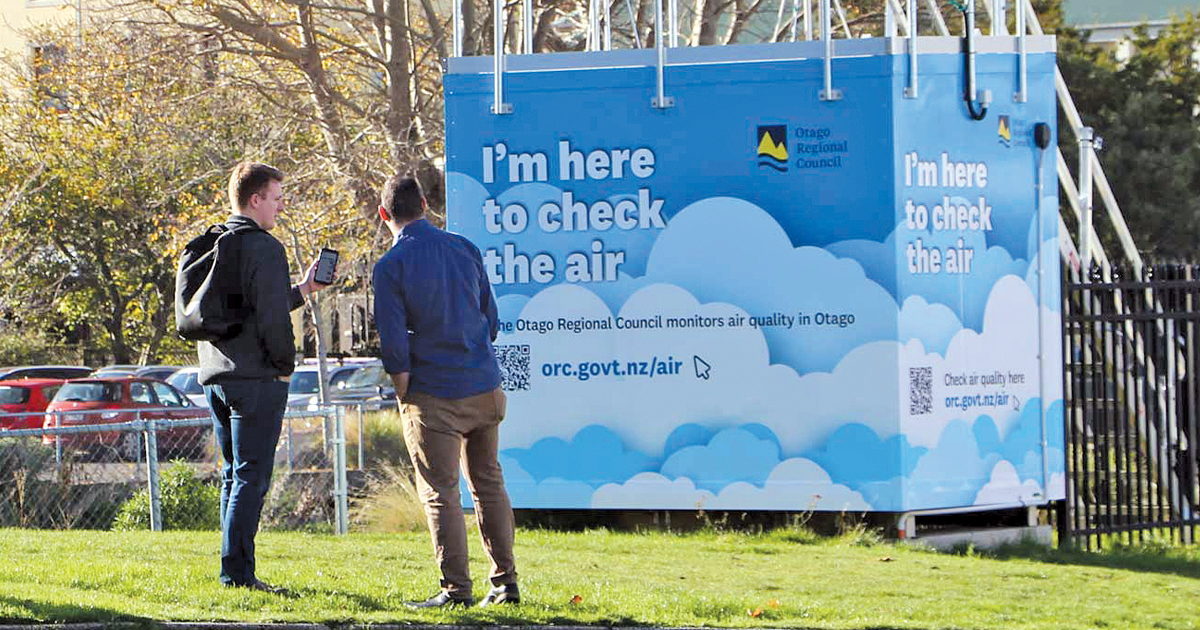
For more info about our Burn Dry, Breathe Easy programme, visit Burn Dry, Breathe Easy
Who do we love?
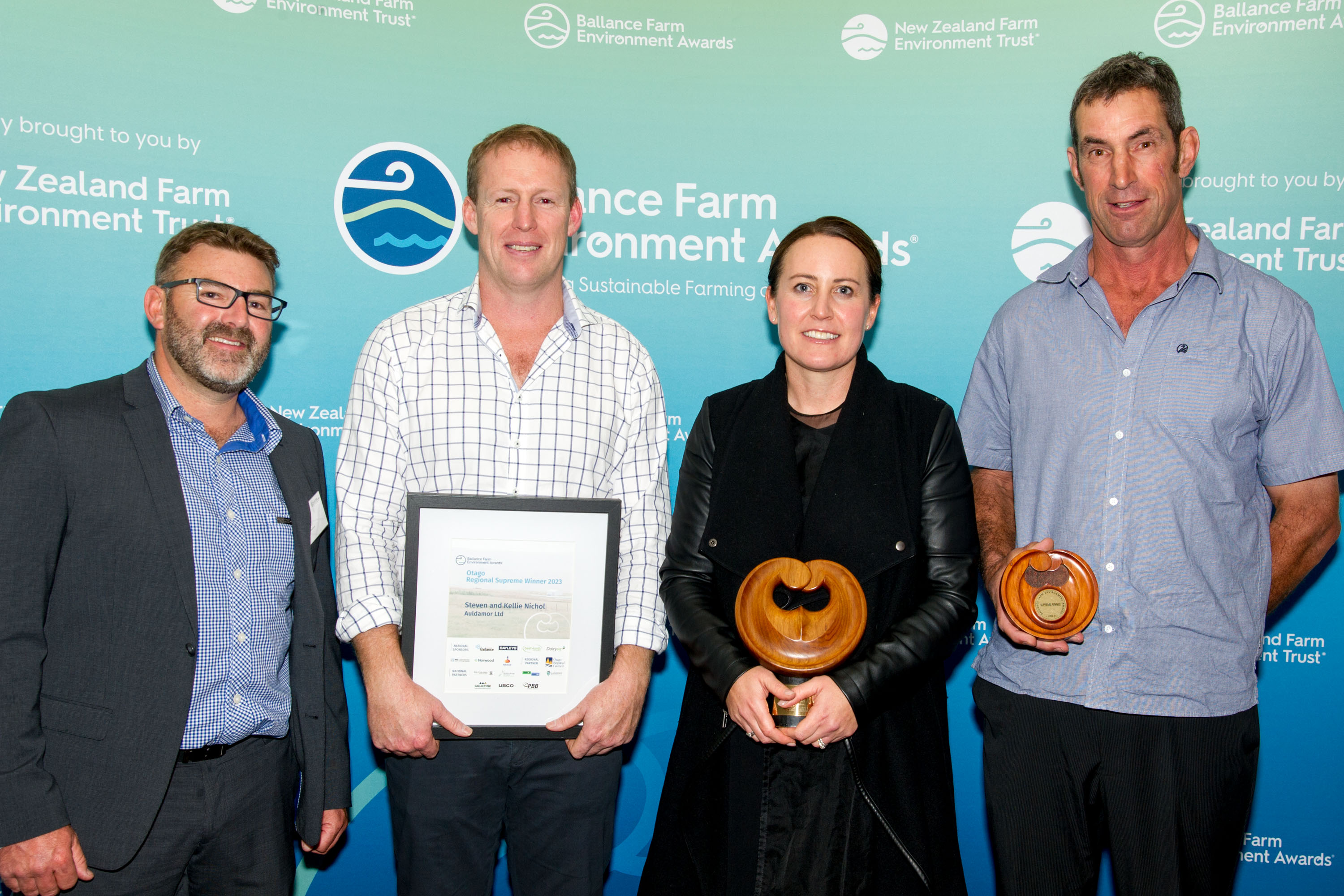
For taking great care of their land, we are incredibly proud of Otago farmers Steven and Kellie Nichol (pictured) and manager Grant Bezett from Auldamor, a 1498 ha farm near Middlemarch. At the Ballance Farm Environment Awards, these sheep and beef farmers took out the ORC Quality Water Enhancement Award and were Regional Supreme Winner 2023.
Among their achievements are improvements to soil health, stocking rate adjustments to benefit native vegetation, and planting shelter belt stands to improve biodiversity, alongside significant fencing of native shrubland and waterways; all while improving stock performance and farm profitability.
Fantastic work!
And the winner is … Otago’s environment!
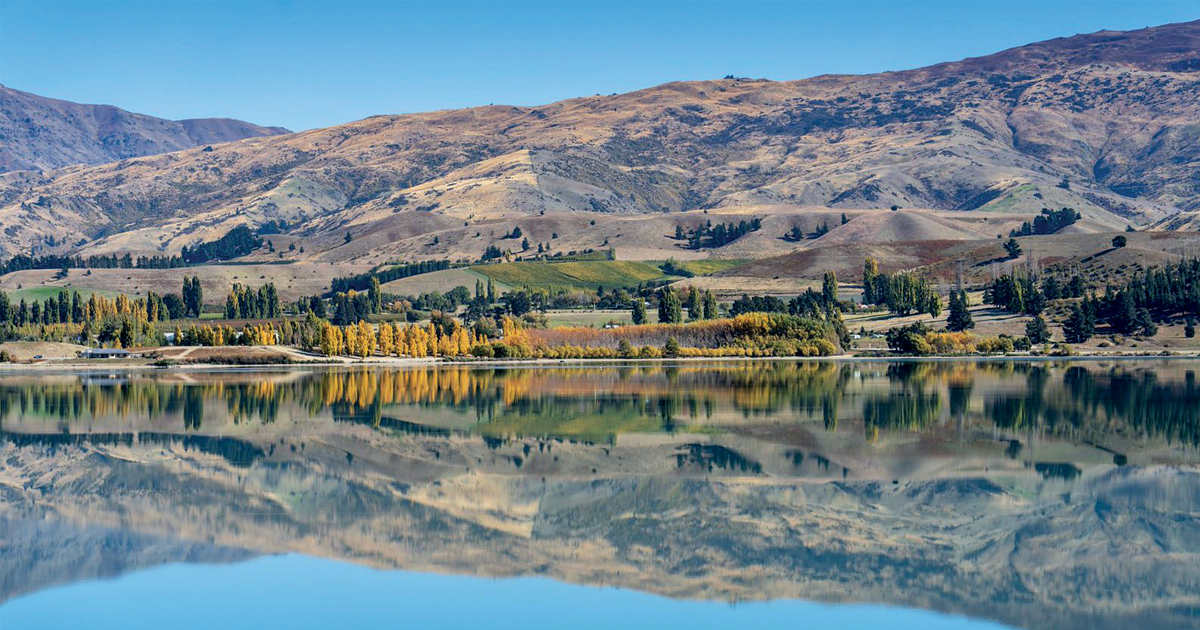
More than $530k is going to Otago community projects, with a focus on biodiversity and pest control.
Last month $536,470 was delivered to 32 organisations across Otago toward their environmental projects. The funding came from ORC’s environmental community funding streams — ECO Fund and Incentives Funding — money that ORC allocates each year.
More than 40% of the total amount, or around $236,000, was given to 12 groups that are trapping or fencing against pests including possums and rabbits. That included $44,381 for the Otago Peninsula Biodiversity Group, $48,900 for the Neighbours of Hikaroroa / Mt Watkin Conservation Community Group, $50,000 for Moeraki MR BLKXVI Ahu Whenua Trust, and $37,050 for the Taieri Mouth Amenities Society.
Forty-nine organisations applied to the ECO Fund, seeking a total $1.17 million, with $568,000 available.
“The annual oversubscription reflects the need in the community for these important funding streams,” says ORC’s Manager Environmental Implementation Libby Caldwell.
Also receiving funding were projects including water quality monitoring, trap purchases, plant pest control, native plant nurseries, and plantings and biodiversity enhancement.
Enviroschools turn 21 in Otago
ORC is so proud of Enviroschools in Otago celebrating its 21st birthday!
In 2003, Waitati and Glenorchy schools were officially the first Otago Enviroschools with a facilitator employed to support these schools. Ōpoho, Karitāne and Portobello schools followed shortly after.
From these small beginnings, Enviroschools now works with 101 schools across Otago to create a healthy and sustainable world through learning and taking action. The schools are supported by eight facilitators, all councils, Central Otago REAP (Rural Education and Activities Programme) and Wānaka Wastebusters.
ORC coordinates Enviroschools, providing leadership and support.
The aim is to foster community resilience as students find ways to reduce waste by setting up recycling and food waste systems at school, which flows into their actions at home; such as growing food and cooking the produce.
These young people also learn about their locality through water quality monitoring projects, propagating native plants for riparian and community projects, tracking and trapping pests, learning local stories and sharing these through artwork and exhibitions. Students can also lobby councils and businesses, sharing their vision and changes they want to see.
Dunedin schools are celebrating their 21st on June 27 at a special event to showcase their mahi.
Buoys to enhance safety on Otago Harbour
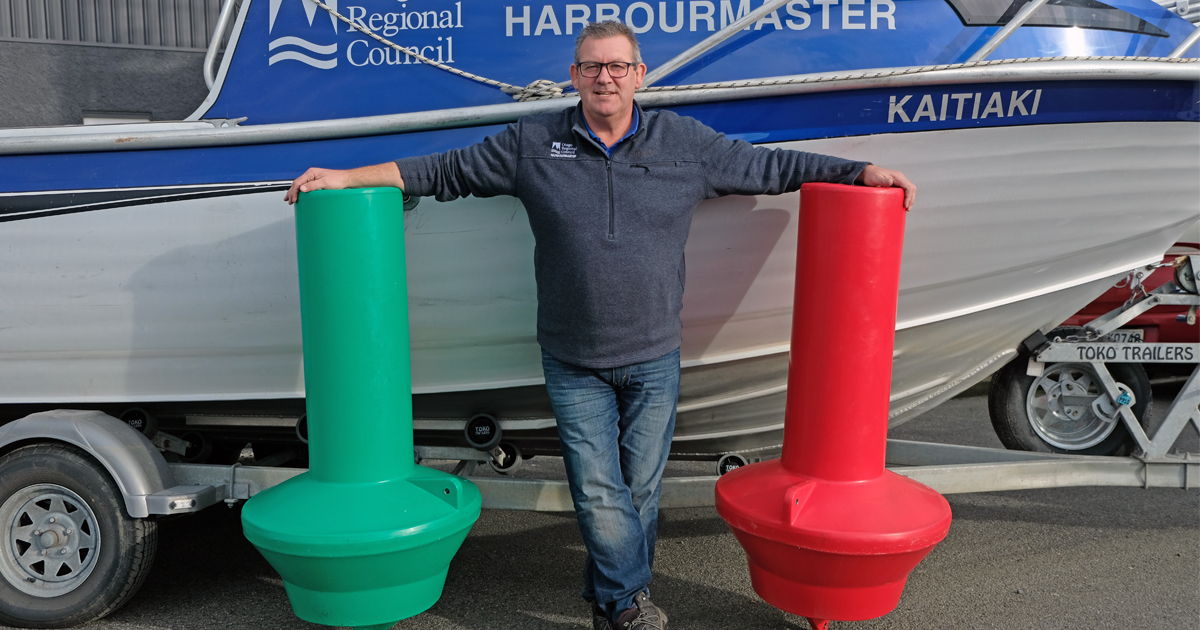
ORC Harbourmaster Steve Rushbrook with two of the new marker buoys that will help make the Eastern Channel safer for boaties.
Recreational boating between Grassy Point and Portobello is about to become a whole lot safer with new navigational marker buoys to be installed at the lower end of the Eastern Channel.
The ORC Harbourmaster initiative follows a survey of the Eastern Channel last year and a number of grounding incidents, showing that the seabed has shifted in places due to the currents and changing sand banks, resulting in a better understanding of where it is safe to navigate through this area.
Harbourmaster Steve Rushbrook says 14 to 16 new red and green channel marker buoys will be installed, with fluorescent tape applied so they can be more visible at night as boats approach. The buoys will follow the channel from Grassy Point at Broad Bay to Portobello, with buoys ‘gated’ and parallel to each other in parts.
“We have already made upgrades in the cross channel and across the front of Quarantine Island. This piece of work will enhance those changes and further improve safety of navigation through the Eastern side of the channel for the recreational community.
“We’ve talked extensively with the local boating community to confirm where the buoys should go, but just as easily as they have been installed, we can change the location as well, so welcome feedback.
“Anyone boating in this location is going to have a much safer experience than they would currently have.”
The Eastern channel runs along the East side of the harbour, and is closest to Portobello Rd.
Please email harbourmaster@orc.govt.nz with any feedback on this initiative.
Real-time tracking updated
Bus users may have noticed some changes at the Dunedin and Frankton Bus Hubs. We are trialling a new bus tracking system. You’ll also see new maps online with greater functionality and precision. If you use tracking maps on our website, whether on phone or desktop, here are a few key pointers to get you on your way:
- Get to your tracking map via your route
- The green dot is your location. If you don’t see it, just zoom in to where you are
- The orange dots are bus stops
- The blue moving dots are buses moving around
- Click or tap an orange dot and you will see all the buses due at that stop and when
Learn more about real-time tracking
Otago farmers lead the way
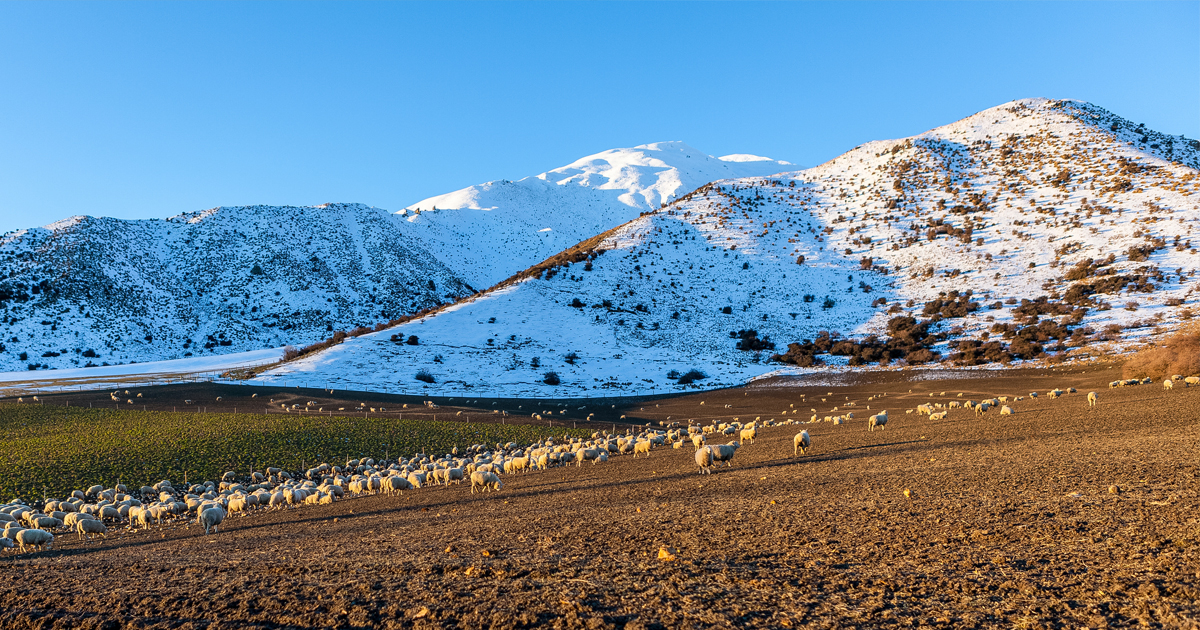
Otago’s farming community has hit one out of the park when it comes to Intensive Winter Grazing (IWG) consents that help to protect Otago’s waterways.
ORC has issued more than 200 consents, compared with other parts of the country where numbers were less than 30 issued per region. Council is expecting more applications for IWG from across Otago. Based on the amount of IWG and the terrain and waterways, Council is expecting to see more applications for areas like Maniototo, Ida Valley, and the Catlins. Many farmers, having changed their farming practices to meet the rules, may find that they don’t need an IWG consent.
The relatively new regulations came into force in November 2022 and ORC’s Acting Manager Consents Alexandra King says by the end of May 2023, there were 225 Intensive Winter Grazing consents issued for Otago.
“All around Otago people have been thinking about how they will manage their winter grazing and reduce on-farm risks,” she says.
The winter grazing consents granted by the ORC are designed to protect Otago’s waterways, including from sediment, bacteria and phosphorus.
For farmers growing annual forage crops over winter, the consent helps regulate paddock gradients to avoid runoff from gullies, swales or depressions, while also keeping crops and stock separated from streams, wetlands and natural paddock swales.
For help with your consent, talk to your consents enquiries team on 0800 474 082.
Land of the reptiles
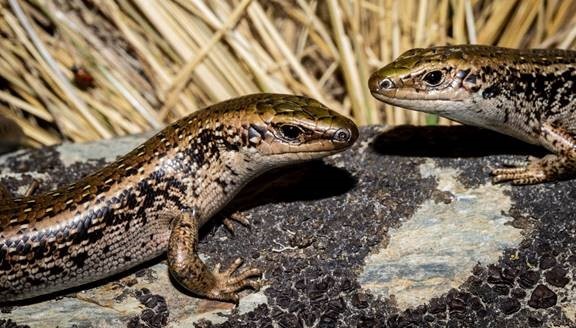
Sounds like the title of a creature feature, but Otago really is reptile central for New Zealand!
ORC ecologists identified 34 reptile species in Otago, of which 32 are land-based: comprising 18 skinks, 13 geckos and tuatara. The two marine species are both sea turtles. Otago is a national stronghold for 24 species of resident reptile species, meaning they contain more than 20% of the national population.
Eight of the reptiles are only found in Otago, including the Burgan skink, grand skink, Kawarau gecko, orange-spotted gecko, Otago skink, Oteake skink, schist gecko, and short-toed gecko. Thank goodness they’re only little!
What’s the difference between a skink and a gecko? A skink can blink — a gecko licks its eyeballs instead!
Otago skinks. Photo: Carey Knox.
Locals get the lowdown on lagoons
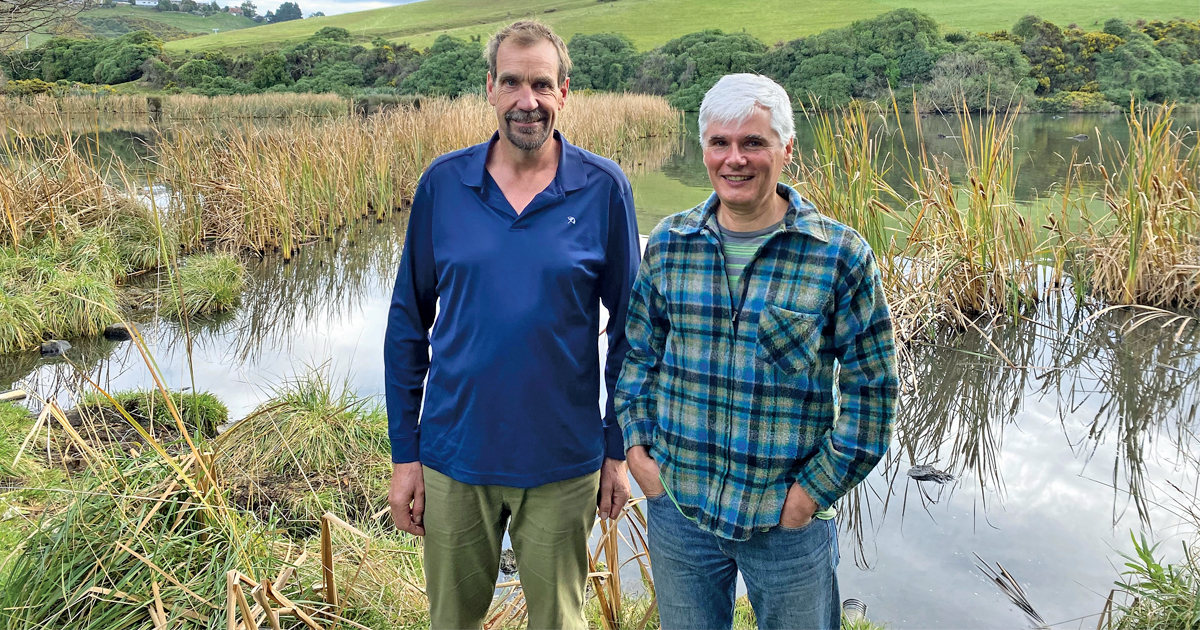
Scientists Marc Schallenberg and David Kelly.
It was wonderful to meet the many well-informed and passionate people who came to our recent open days at Tomohaka / Tomahawk Lagoon and Roto-nui-a-Whatu / Lake Tuakitoto.
These events were held to share information about our three-year projects to enhance and restore the water quality of Tomahawk Lagoon in Dunedin and Lake Tuakitoto near Kaitangata. Thanks to scientists Marc Schallenberg, from the University of Otago, and David Kelly, from Cawthron Institute, for their fascinating presentations on the initial findings from the ecological assessments of these regionally significant wetlands. Next step: a report from Marc and David on these ecological assessments will be provided soon, and ORC will share those findings and potential actions to make these waterways healthier.
The road to a ground-breaking new plan
ORC will go out to the public again later this year to share what proposed rules and limits will look like for each part of Otago under a draft Land and Water Regional Plan.
This will be an opportunity for people to give feedback on these proposals in person and online.
The draft Plan will be publicly notified by June 30, 2024, which then kicks off another opportunity to have your say. Public notification means a draft Plan will be advertised and open for formal submissions.
On the back of consultation round two, we are analysing the feedback received and setting environmental goals and how we might achieve them. We are also drafting rules that will apply to all Otago on discharges, landfills, riverbeds, banks, and watercourses.
New CE gets on board

 Otago Regional Council’s new Chief Executive Richard Saunders likes to spend his downtime competing in endurance sports such as the Coast to Coast and Ironman events. He trains in Otago’s lakes and harbours and on roads and trails across our beautiful region. Yes, he’s competitive, but its more about competing with himself as well as enjoying physical and mental health benefits.
Otago Regional Council’s new Chief Executive Richard Saunders likes to spend his downtime competing in endurance sports such as the Coast to Coast and Ironman events. He trains in Otago’s lakes and harbours and on roads and trails across our beautiful region. Yes, he’s competitive, but its more about competing with himself as well as enjoying physical and mental health benefits.
“I do quite a bit of thinking, especially on long bike rides,” he says.
When it comes to going the distance in local government, Richard has worked in the sector for 18 years and brings an ability to shred the clutter and concentrate on what’s important — then ensure delivery. He’s straight up, prefers direct conversations, and enjoys being able to look back and see a landscape of successful projects carried out hand-in-hand with the community.
When it comes to championing the Otago environment and the things that make this region one of the jewels of NZ, Richard says that while some change can happen in the short term, some longer term goals to protect and enhance our environment will be a marathon — a course he hopes we will take together, as ORC continues to strengthen its partnership with mana whenua and engage genuinely with stakeholders and the community.
“We’re a public organisation — the things we do have community impact. We need to get everyone on board.”
